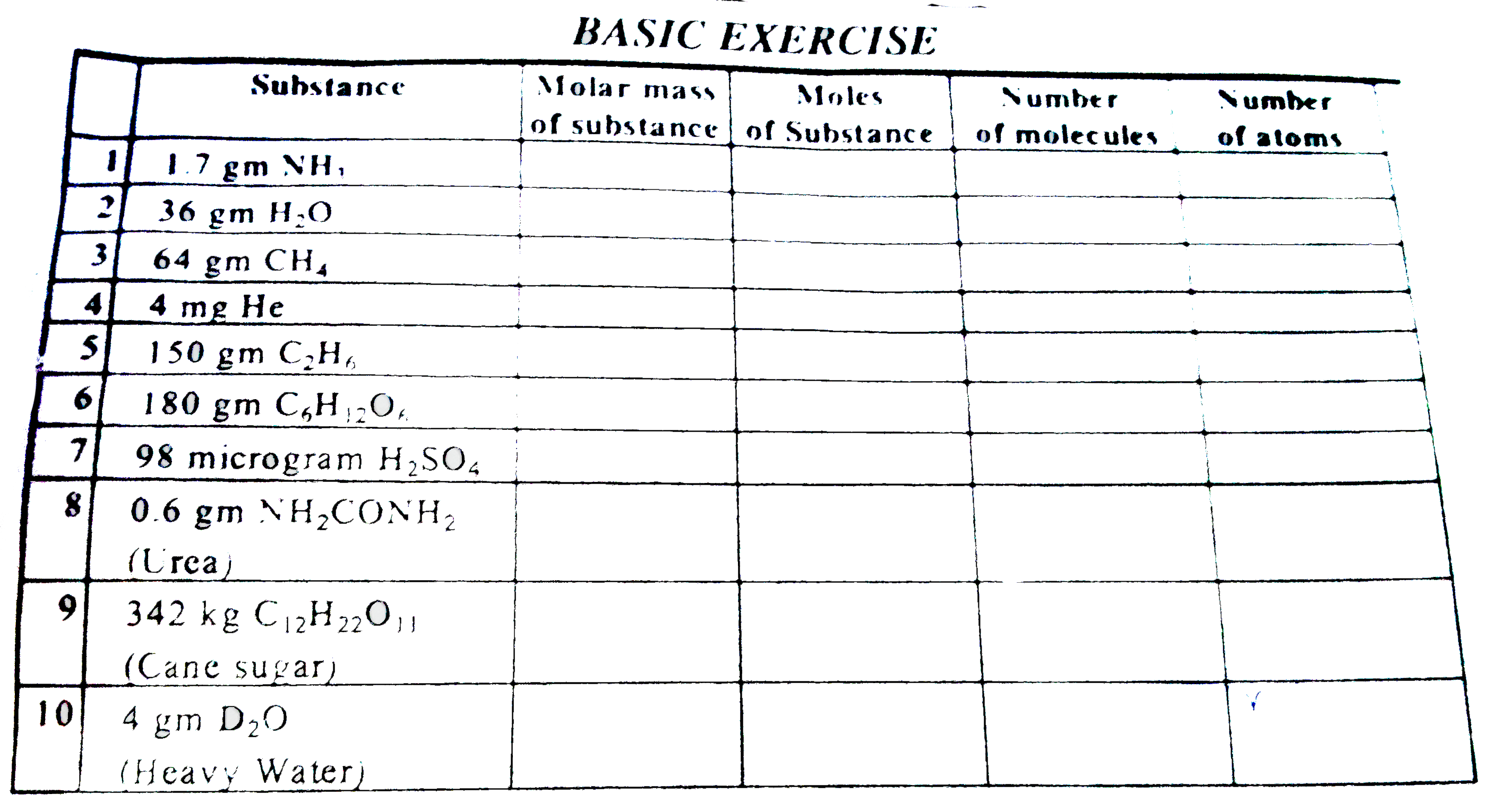In a closed container there is a mixture of SO2,CO2andO2 gas, which sequence of reagent can be helpful to separate them ?
(I) Limewater
(II) Acidified potassium dichromate
(III) Alkaline pyragallol.
(I),(II) and (III)
(II), (I), (III)
(III),(II), (I)
(III), (I), (II)
The correct Answer is:B
To separate the gases SO₂, CO₂, and O₂ from a mixture in a closed container, we can use the following sequence of reagents:
1. Use Acidified Potassium Dichromate (K₂Cr₂O₇ + H⁺):
- Reaction: Acidified potassium dichromate reacts with sulfur dioxide (SO₂) in a redox reaction.
- Outcome: SO₂ is absorbed by the potassium dichromate, leaving behind carbon dioxide (CO₂) and oxygen (O₂) in the mixture.
- Result: After this step, we have CO₂ and O₂ remaining in the container.
2. Use Limewater (Calcium Hydroxide, Ca(OH)₂):
- Reaction: Limewater reacts with carbon dioxide (CO₂) to form calcium carbonate (CaCO₃), which precipitates out.
- Outcome: The CO₂ is absorbed by the limewater, leaving only oxygen (O₂) in the container.
- Result: After this step, we have O₂ remaining.
3. Use Alkaline Pyragallol:
- Reaction: Alkaline pyragallol can absorb oxygen (O₂) from the mixture.
- Outcome: The O₂ is absorbed by alkaline pyragallol, effectively removing it from the mixture.
- Result: After this step, all three gases (SO₂, CO₂, and O₂) have been separated.
Sequence of Reagents:
- The correct sequence to separate SO₂, CO₂, and O₂ is:
1. Acidified Potassium Dichromate (removes SO₂)
2. Limewater (removes CO₂)
3. Alkaline Pyragallol (removes O₂)
Thus, the correct answer is Option B: Second, First, Third.
- Reaction: Acidified potassium dichromate reacts with sulfur dioxide (SO₂) in a redox reaction.
- Outcome: SO₂ is absorbed by the potassium dichromate, leaving behind carbon dioxide (CO₂) and oxygen (O₂) in the mixture.
- Result: After this step, we have CO₂ and O₂ remaining in the container.
- Reaction: Limewater reacts with carbon dioxide (CO₂) to form calcium carbonate (CaCO₃), which precipitates out.
- Outcome: The CO₂ is absorbed by the limewater, leaving only oxygen (O₂) in the container.
- Result: After this step, we have O₂ remaining.
- Reaction: Alkaline pyragallol can absorb oxygen (O₂) from the mixture.
- Outcome: The O₂ is absorbed by alkaline pyragallol, effectively removing it from the mixture.
- Result: After this step, all three gases (SO₂, CO₂, and O₂) have been separated.
- The correct sequence to separate SO₂, CO₂, and O₂ is:
1. Acidified Potassium Dichromate (removes SO₂)
2. Limewater (removes CO₂)
3. Alkaline Pyragallol (removes O₂)
Topper's Solved these Questions
- TYPES OF REACTIONSBOOK - VK JAISWAL ENGLISHCHAPTER - TYPES OF REACTIONSEXERCISE - LEVEL 3
44 Videos
- TYPES OF REACTIONSBOOK - VK JAISWAL ENGLISHCHAPTER - TYPES OF REACTIONSEXERCISE - ONE OR MORE ANSWERS IS/ARE CORRECT
40 Videos
- TYPES OF REACTIONSBOOK - VK JAISWAL ENGLISHCHAPTER - TYPES OF REACTIONSEXERCISE - SUBJECTIVE PROBLEMS
42 Videos
- s-BLOCK ELEMENTSBOOK - VK JAISWAL ENGLISHCHAPTER - s-BLOCK ELEMENTSEXERCISE - SUBJECTIVE PROBLEMS
2 Videos
Similar Questions
Which of these reagents can be used to separate 1∘,2∘and3∘ amines ?
View SolutionWhich gas, out of O2andCO2 is more soluble ?
View SolutionA mixture of 1∘,2∘ and 3∘ amines can be separated by Hinsberg's reagent which is
View SolutionMixture of I2 and sand can be separated by:
View SolutionA gaseous mixture of H2 and CO2 gas contains 66 mass % of CO2 . What is the vapour density of the mixture ?
View SolutionA gaseous mixture of H2 and CO2 gas contains 88% by mass
of CO2. The vapour density of the mixture is :
View SolutionWhich of the following reagents can be used to distinguish between SO2andCO2?
View SolutionWhich of the following reagents can be used to distinguish between SO2 and CO2?
View SolutionWhat is the ratio of weights of O2 and SO2, the mixture of which contains equal number of molecules of each gas?
View Solution
If a closed container contain 5 moles of CO2 gas, then find total number of CO2 molecules in the container (NA=6×1023)
View Solution
